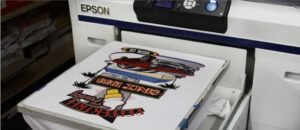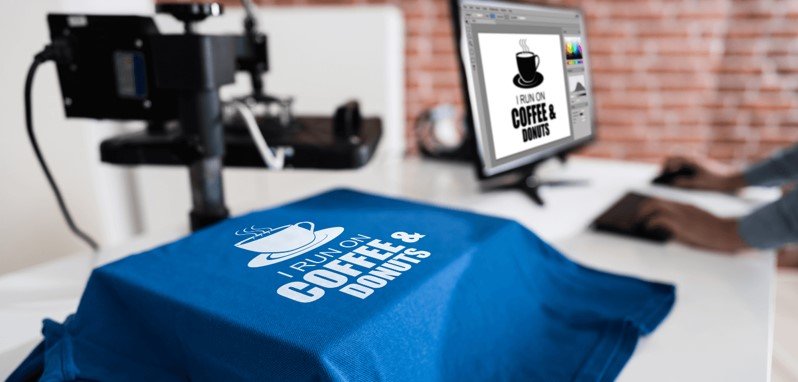Clients frequently seek advice on the differences between digital printing and screen printing services. To assist you in choosing the best method for your specific project, we’ve put together this helpful guide comparing the two printing techniques.
Understanding Screen Printing
Screen printing is a traditional technique with a rich history of use. It involves creating a stencil design on a fine mesh or polyester fabric, through which layers of ink are applied to the material being printed. Each ink color requires a separate stencil to build the final design. Areas that should remain ink-free are covered with an impermeable substance, ensuring clean and precise prints.
Understanding Digital Printing
Digital printing is a modern printing method where designs are created digitally and printed directly onto materials using laser or inkjet printers. While screen printing typically produces higher-quality outputs, digital printing has gained popularity for its efficiency and cost-effectiveness, as it requires minimal pre-press work.
Comparing Screen Printing and Digital Printing
The choice between screen printing and digital printing depends largely on the project. For example, flags and banners can be printed using either technique. However, for designs that require vibrant colors and sharp contrasts, screen printing is often recommended.
Clients often opt for a mix of both methods, depending on the level of clarity and durability needed. Below is a detailed look at the advantages and disadvantages of each technique.

Benefits of Digital Printing
Digital printing is ideal for one-off prints and small print runs, offering versatility and efficiency:
- Low setup costs and fast turnaround times
- Ability to print in a wide range of colors
- Accurate transfer of photographic images
- Customizable for various effects
- Flat designs that integrate seamlessly with materials
Drawbacks of Digital Printing
Despite its advantages, digital printing has some limitations:
- Limited fabric options compared to screen printing
- Less durable prints
- Inability to reproduce white ink on lighter materials
- Fixed pricing that doesn’t scale down with bulk orders
Digital printing is best for small, customized orders and short-term needs. However, its durability and cost structure make it less suitable for long-term or large-scale projects.
Benefits of Screen Printing
Screen printing shines in bulk orders and delivers superior quality and durability:
- Exceptional print quality
- Long-lasting results
- Compatible with various materials like glass, wood, textiles, and electronics
- Precision in printing specific design areas
Drawbacks of Screen Printing
Screen printing has its own set of challenges:
- Higher initial setup costs and longer preparation times
- Limited range of colors compared to digital printing
- Raised ink designs that may not suit every project
- Lack of customizability for unique or intricate designs
Screen printing is ideal for large-scale projects requiring a professional appearance and long-lasting prints. However, clients should consider the additional time and costs involved.
Choosing the Right Printing Method
Both screen printing and digital printing have their unique strengths. Digital printing is great for quick, customizable projects with diverse colors and photographic effects, while screen printing excels in durability and high-quality outputs for bulk orders. By understanding the specific needs of your project, you can choose the printing method that aligns with your goals.
Get in touch with Borney UK today to discuss your screen or digital print requirements in more detail, we’ll happily discuss further benefits of different print techniques to suit your requirements more exactly.
